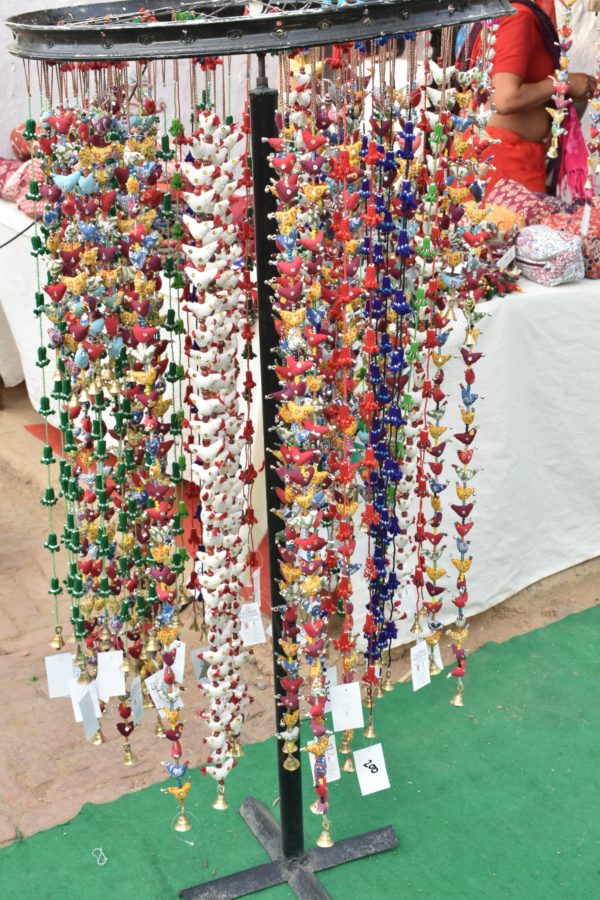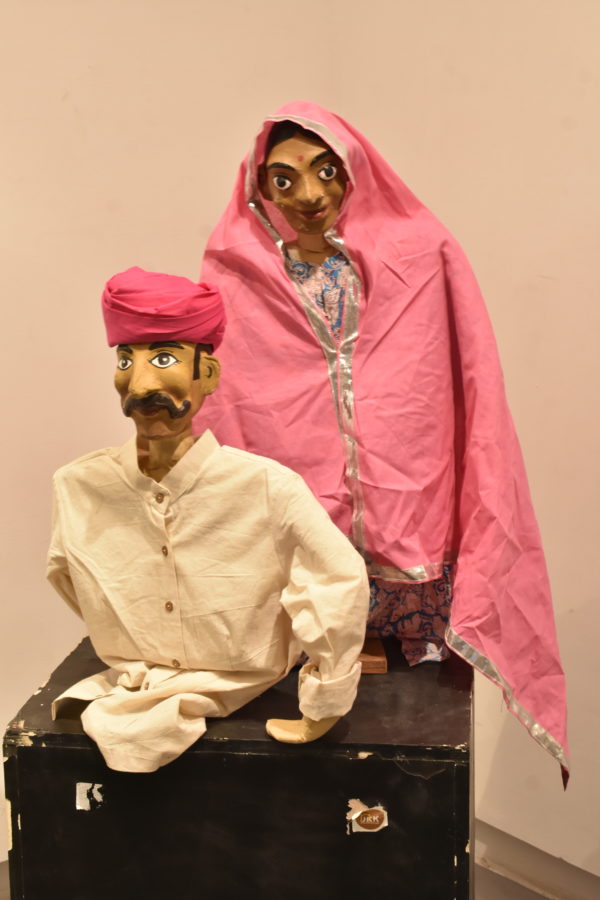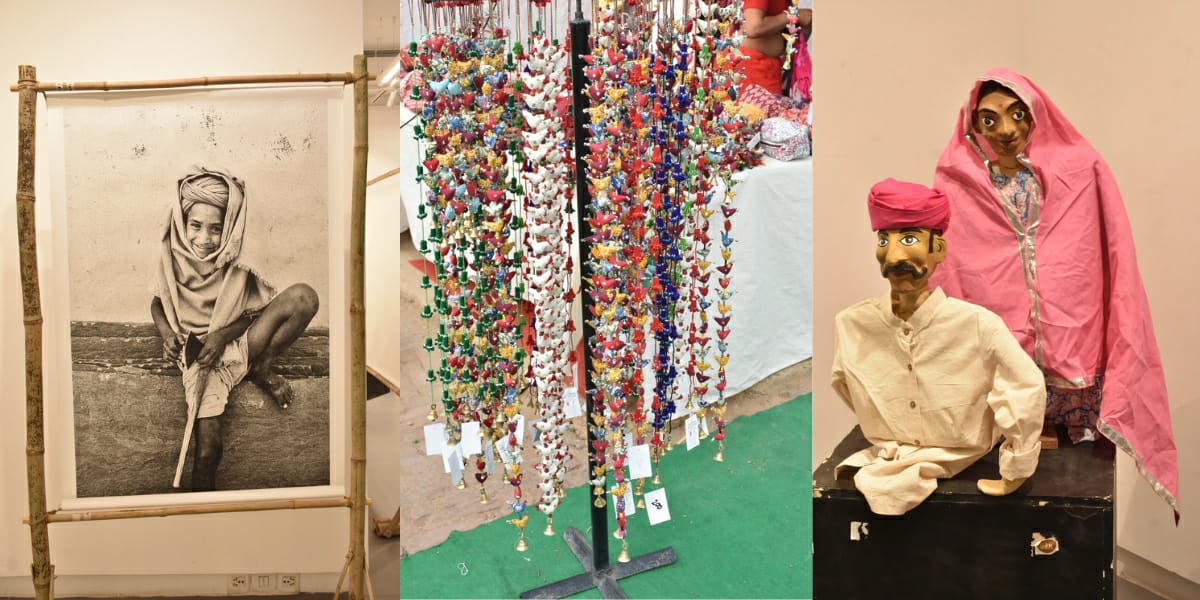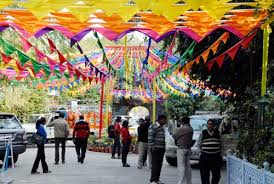
In 1967, a young man named Sanjit Bunker Roy, deeply moved by what he had witnessed during the Bihar Famine of 1966-67, left a possibly successful career track and decided to take the ‘road not taken’. This took the St. Stephens alumnus to Tilonia, a small village in Ajmer district, Rajasthan, in 1972. With his farmer friend Meghraj, he began with the simple task of drilling in open wells for water recharge, in one of India’s most water stressed regions. This marked beginning of the Barefoot journey.
Gradually, the Barefoot vision broadened and developed into an inclusive integrated developmental model of empowering people. Issues of villagers’ access to potable water, nutrition, health, livelihood, education, empowering women, tied up with the ideas of the right to live with self-respect and dignity. Bunker’s dream of fostering change in rural India drew many like-minded people together and the Social Work and Research Centre (SWRC), now popularly known as the Barefoot College, registered formally in 1972.
50 YEARS OF BAREFOOT COLLEGE
A college that has no formal degrees but is researched upon by the most reputed institutions and scholars of the world. A training centre that helps semi-literate women become solar mamas and engineers in their own right. A model that helps in conserving water in the most parched regions of the country. A platform for reviving and promoting local art. A space that engages in traditional communication to drive home significant social messages. Social Work and Research Centre (SWRC), Tilonia’s Barefoot College completes 50 years this year.
The college celebrated this landmark through a series of events in Jawahar Kala Kendra (JKK) from April 21 to April 24.
TILONIA BAZAAR

An initiative of the college to support livelihood of artisans across Rajasthan as well as survival of their traditional skills, Hatheli Sansthan and Tilonia Bazaar were initiated to promote rural handicrafts in 1974.
The Shilpgram area of Jawahar Kala Kendra came alive with the colours of the Tilonia Bazaar. Handcrafted products like ‘Bell Totas’, strings, Upcycled stationery from disabled communities, leather bags, apparel made by women, appliqué products attracted visitors. The bazaar also connected traditional rural crafts to the urban market.
Kailash Kanwar, who has been working with the Barefoot College since 1989 and is a part of the Hatheli Sansthan, says: “I not only gave up the ghoonghat here but also went against the society I came from as women were not allowed to work. Today, I am a recipient of the CII Women Exemplar Award.”
THE TILONIA STORY
Sharing some extracts from the many narratives of accomplishments of a collective 50 year old journey, a photo exhibition curated by noted photographer Pablo Bartholomew too was a crowd puller. In addition to striking portraits clicked by the ace photographer, the exhibition also threw light on how the path-breaking use of photography by villagers to create filmstrips went beyond educational purposes and became an important focal point for community gathering.

Folk music and dance performances and the larger-than-life-size puppets that are used to create awareness were other significant highlights of the celebrations that offered a holistic taste of Tilonia over the 4 days. These included the presentation of the rare and almost extinct Marwari-Kuchamani Khayal tradition and the maestro Padmashri Lakha Khan Manganiyar who played the Sindhi Sarangi.
Indeed, a golden celebration!
Tusharika Singh
Latest posts by Tusharika Singh (see all)
- Meet the human behind Jaipur Houses - April 18, 2024
- Celebrating Children’s Literature at Bookaroo festival - April 2, 2024
- The country’s first-ever Museum of Meenakari Heritage now open in Jaipur - March 27, 2024









